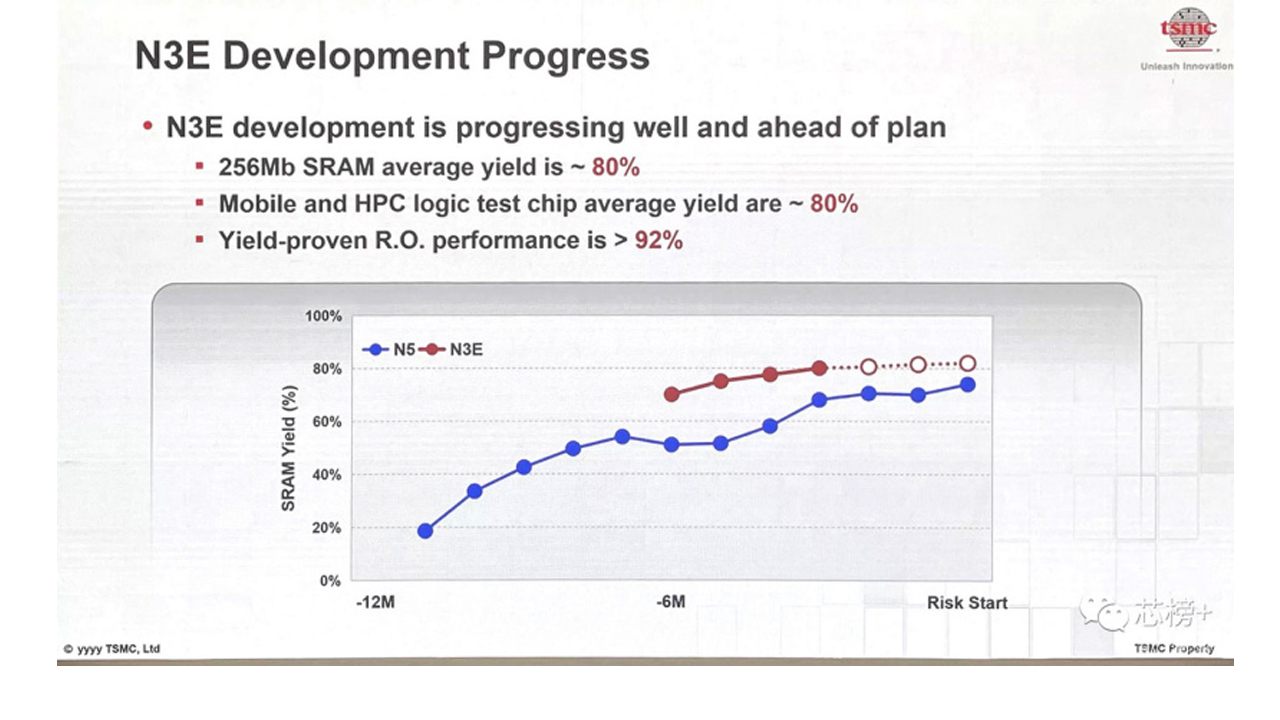TSMC has confirmed that it will mass-produce the 3nm process in September, and the initial yield rate is better than 5nm. If the first batch of 3nm production capacity is not unexpected, it will be divided between Apple M2 Pro and Intel, but the initial production capacity will not be too much.
However, the first-generation N3 process is mainly aimed at early customers who have strong investment capabilities and pursue new processes, such as Apple, but also has strong limitations, such as a relatively late time point and not wide enough applications.
JOIN TIP3X ON TELEGRAM
However, after 3nm, TSMC will launch an upgraded version of the N3E process next year, namely the 3nm Enhanced version, to further improve performance, reduce power consumption, and expand the scope of applications. Compared with N5, the power consumption is reduced by 34% under the same performance and density, and the same 18% performance increase at power consumption and density, or a 60% increase in transistor density.
Analysts from Business Times believe that the N3E process will become the main force in mass production by major manufacturers, including the A17 processor of Apple’s iPhone 15 series, the next-generation M3 processor, and AMD’s future Zen5, and many more.
The M3 is said to be used in products such as the MacBook Air, and it is possible that Apple could increase the display size of this model to improve cooling with a stronger cooling solution. Other potential products include an updated iPad Pro line, as well as an updated iMac, and possibly an iPad Air in the future. Like M2, M1, and M3 will again use 4 performance cores and 4 efficiency cores.

From the industry practice point of view, TSMC will first test the performance and trial production yield of the N3E process this year, and mass production is expected in the second half of 2023. And “Core List +” just leaked an internal PPT of TSMC, showing that its N3E process is progressing very well, at least there will be surprises in terms of yield.
The PPT shows that TSMC’s new-generation N3E process yield exceeds expectations. The average yield of N3E’s 256Mb SRAM is about 80%, and the yield of mobile devices and HPC chips is also about 80%, while the ring oscillator yield can even exceed 92%.















